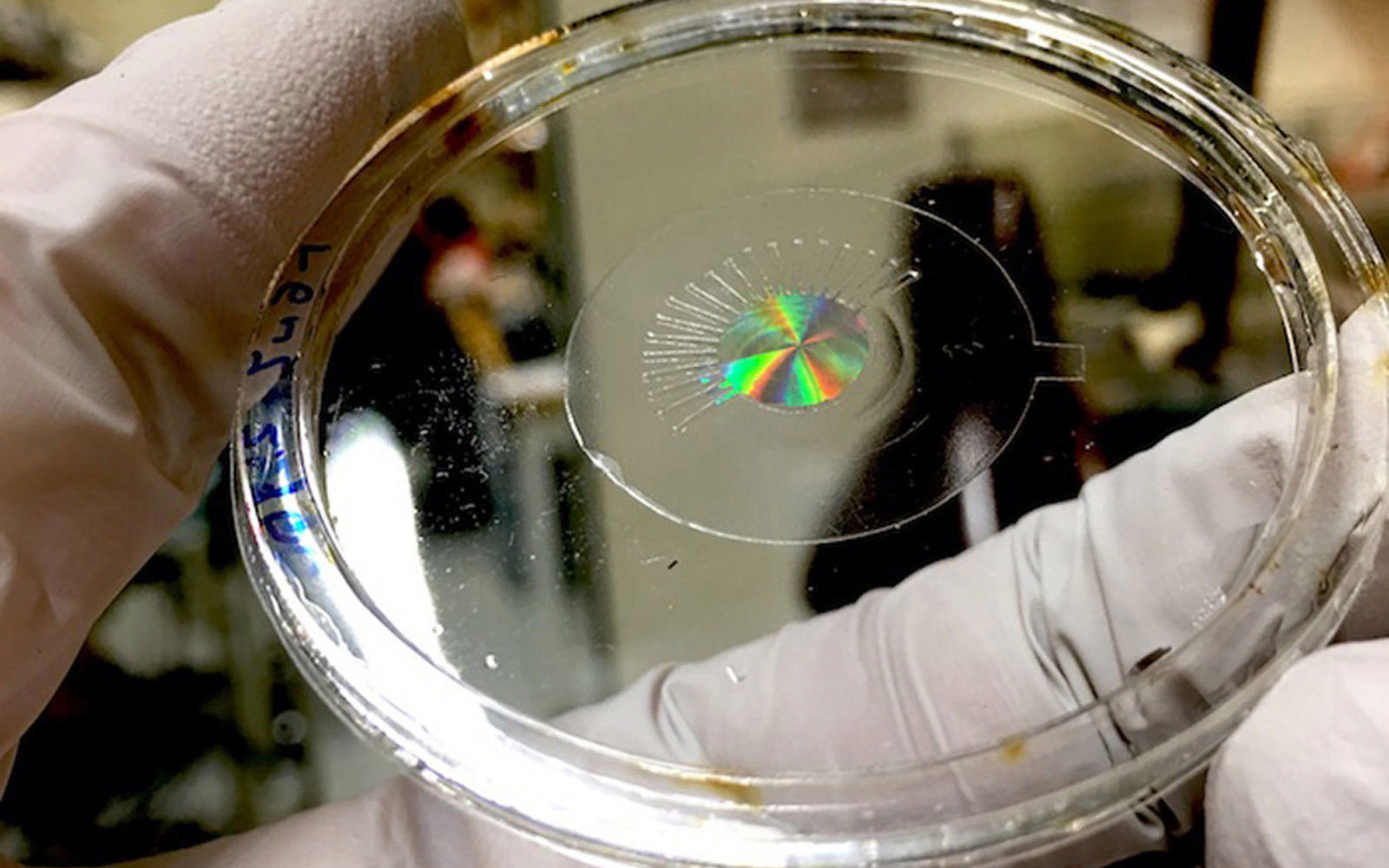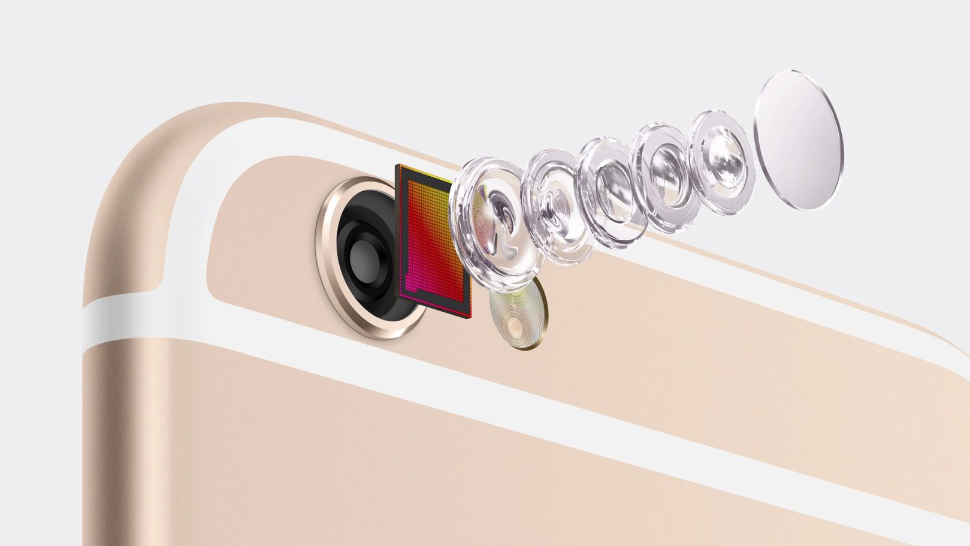Electronic lens inspired by the human eye could revolutionize phone cameras
Phone cameras could receive revolutionary update with new human eye-inspired lens technology - but not for a while

Phone camera technology is already exceedingly impressive, but a new scientific development is set to launch us firmly into Back to the Future territory. A team of researchers at the Harvard John A. Paulson School of Engineering and Applied Sciences (SEAS) have created a flat, electronically controlled lens that functions like the human eye by combining recent developments in artificial muscle and flat lens technologies.
Capable of focusing in real-time and approximately one centimeter in diameter, this lens can even go beyond the limitations of the human eye by adjusting for astigmatism and image shift.
• Read more: Best 5G phone
The Harvard Gazette reports that Alan She, first author of the paper detailing the research says, "This research combines breakthroughs in artificial muscle technology with metalens technology to create a tunable metalens that can change its focus in real time, just like the human eye."
This latest breakthrough was only made possible thanks to an earlier technology that some of the same researchers developed. An article from Engadget explains, "The flat lens design this new artificial eye takes advantage of is called a metalens. It uses tiny nanostructures to focus light. In this way, it's able to focus the entire visible light spectrum at a single point. By contrast, traditional lenses use multiple elements to achieve the same feat, which is why they get so bulky."

This means that this new technology could be applied to almost any piece of technology that uses optics, including cameras, telescopes and phone cameras. Federico Capesso, senior author of the paper, says, "This demonstrates the feasibility of embedded optical zoom and autofocus for a wide range of applications, including cell phone cameras, eyeglasses, and virtual and augmented reality hardware.”
With the lens and muscle only 30 microns thick (that's 0.03mm), maybe this technology means that Apple could finally produce a flat iPhone back without the usual frustrating raised bump of their lenses. Considering that the leaked dummy models of the iPhone 11 feature a spectacularly ugly raised square bump, perhaps Tim Cook should be paying close attention to this SEAS breakthrough…
Get the Digital Camera World Newsletter
The best camera deals, reviews, product advice, and unmissable photography news, direct to your inbox!
However, before you start pinning your hopes on a slickly designed iPhone 12, it's worth remembering that it'll likely be years before a lens like this makes its way into mainstream consumer products. In the meantime, you'll have to content yourself with imagining all the incredible opportunities that this impressive piece of technology opens up…
Read more
Hands on: Asus RoG Phone II review
Best iPhone for photography
Best budget camera phone: these are the best cheap camera phones right now
With over a decade of photographic experience, Louise arms Digital Camera World with a wealth of knowledge on photographic technique and know-how – something at which she is so adept that she's delivered workshops for the likes of ITV and Sue Ryder. Louise also brings years of experience as both a web and print journalist, having served as features editor for Practical Photography magazine and contributing photography tutorials and camera analysis to titles including Digital Camera Magazine and Digital Photographer. Louise currently shoots with the Fujifilm X-T200 and the Nikon D800, capturing self-portraits and still life images, and is DCW's ecommerce editor, meaning that she knows good camera, lens and laptop deals when she sees them.

